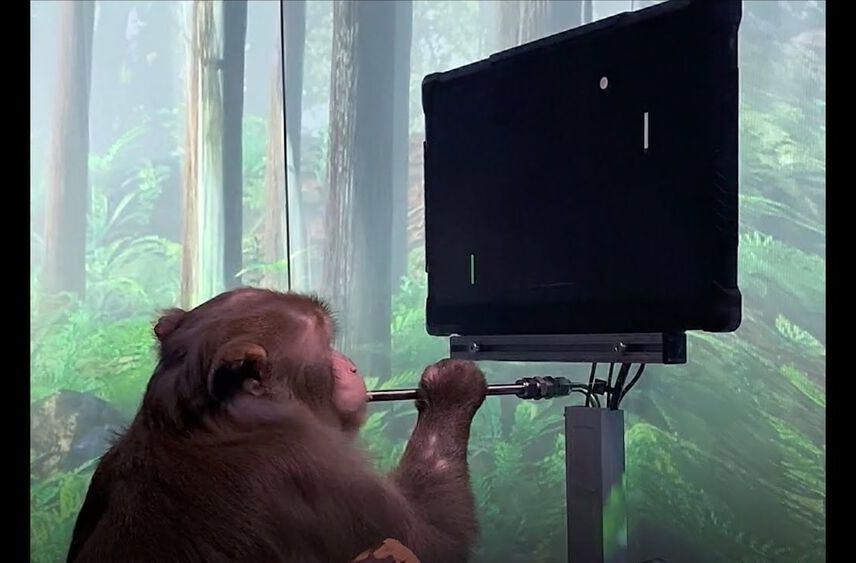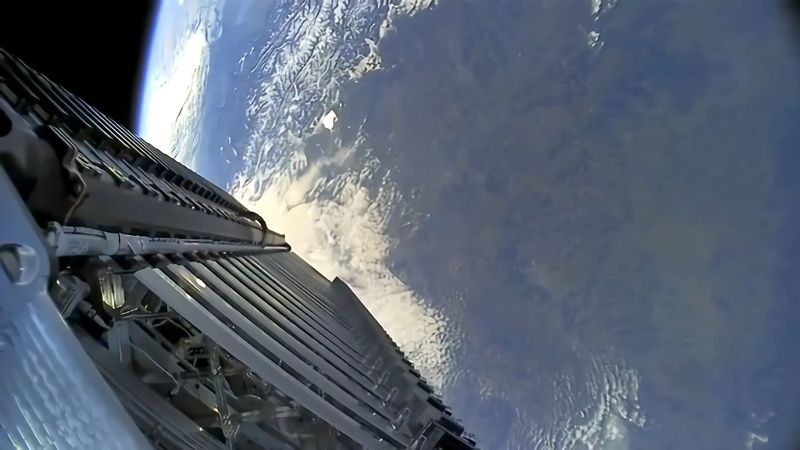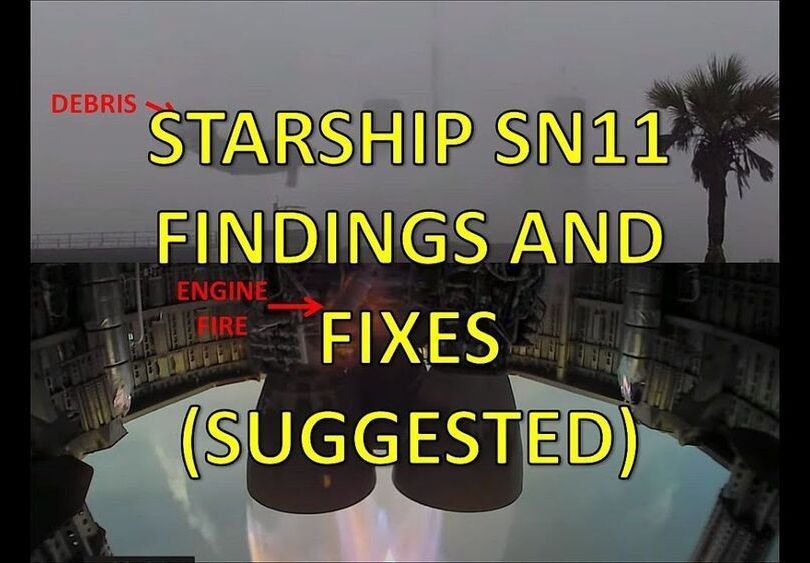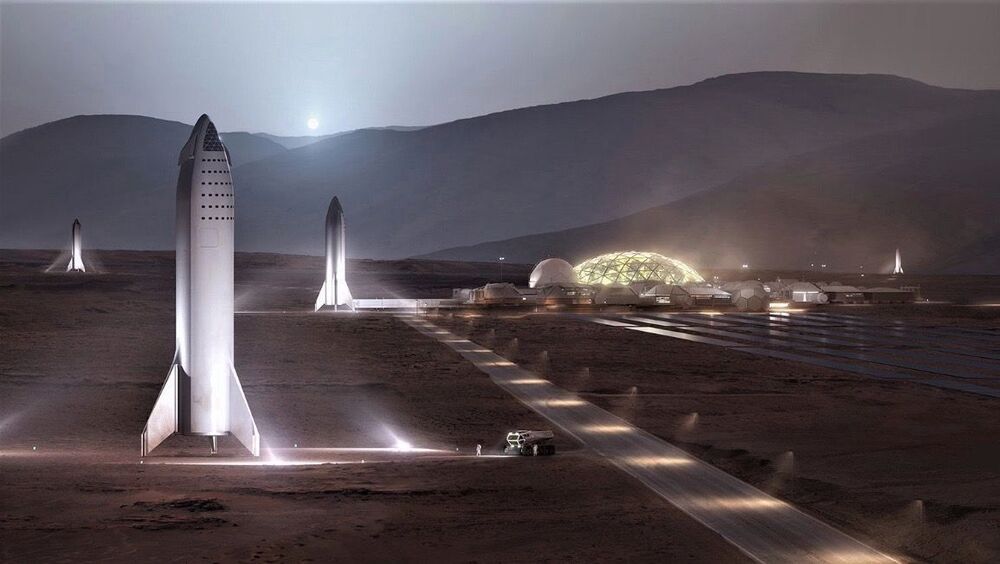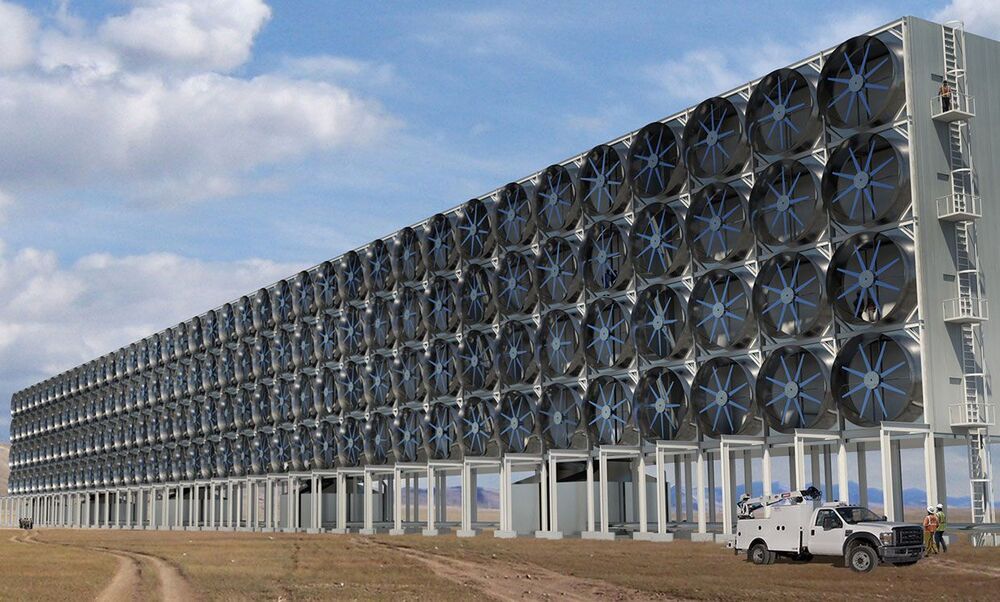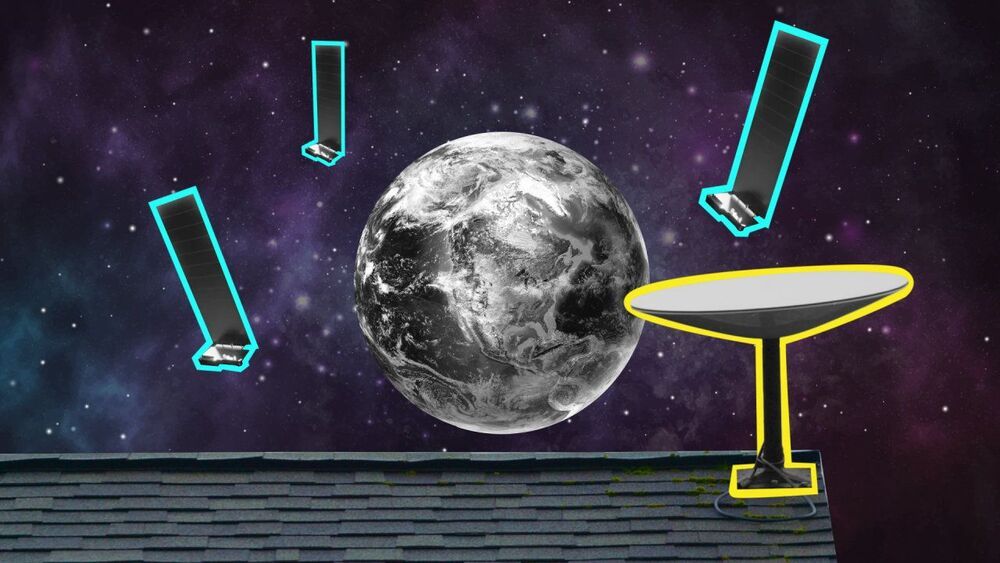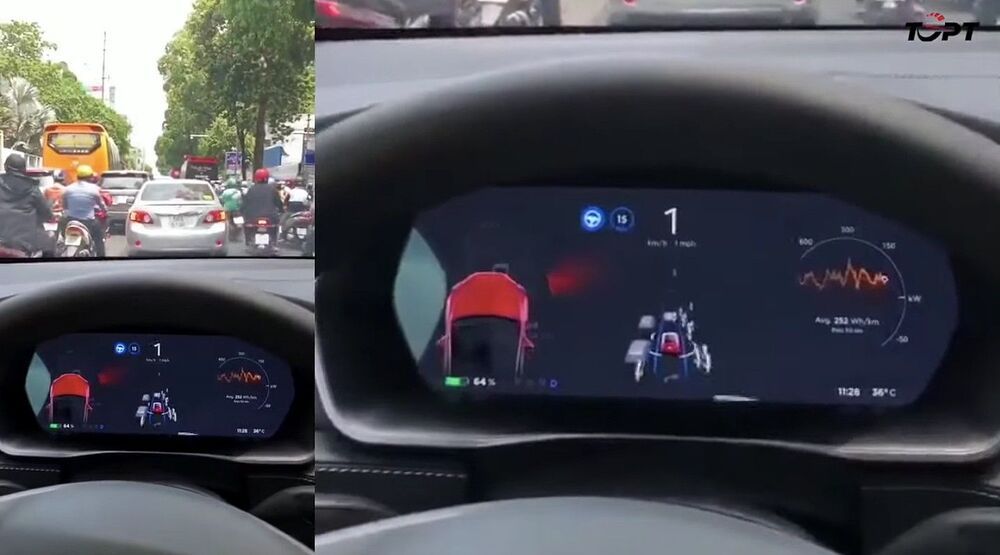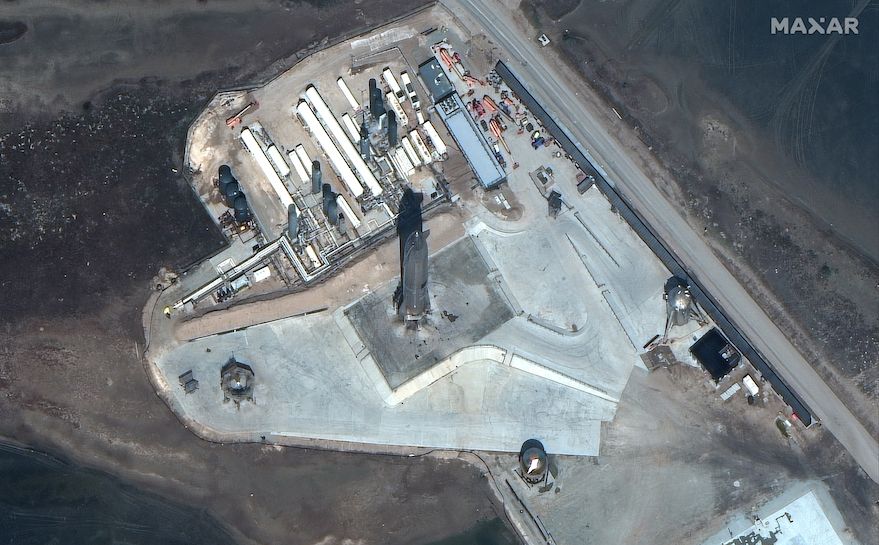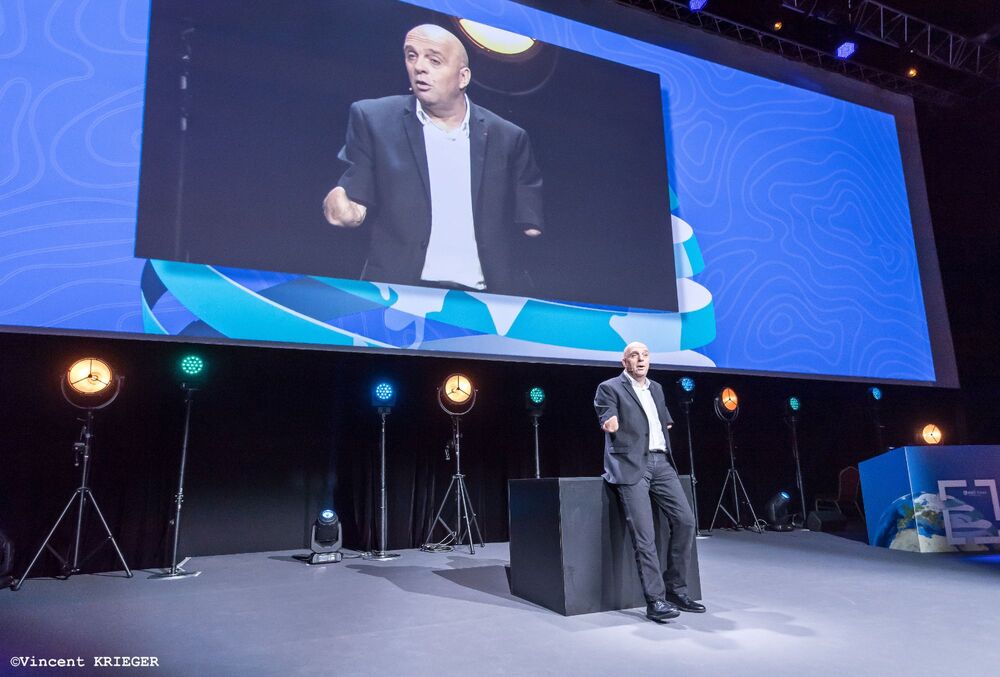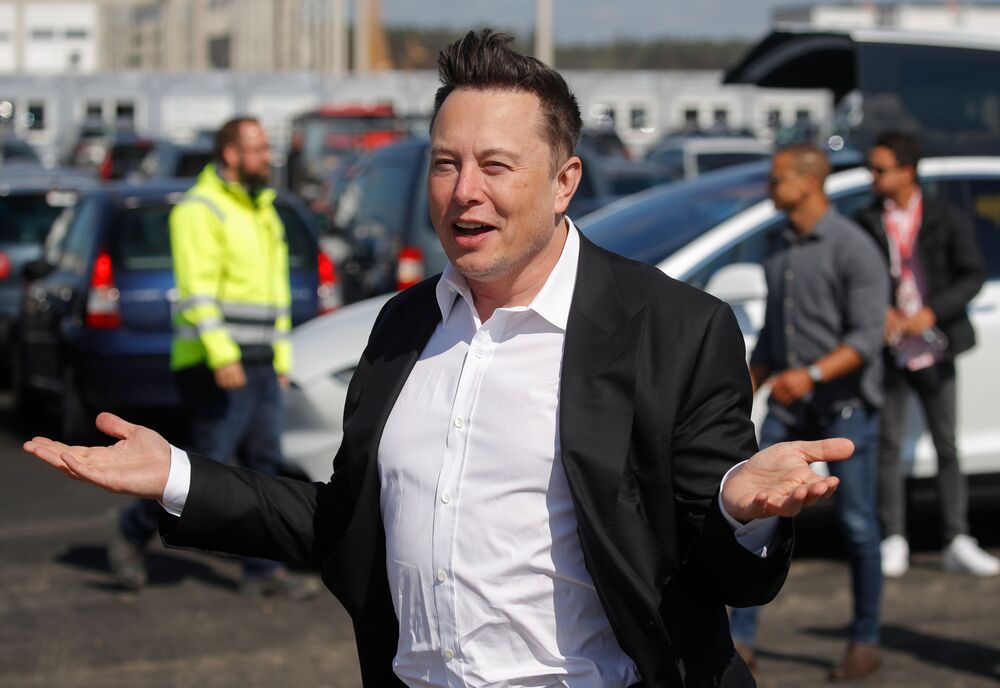In the future, Tesla’s Autopilot and Full Self-Driving suite are expected to handle challenging circumstances on the road with ease. These involve inner-city driving, which includes factors like pedestrians walking about, motorcyclists driving around cars, and other potential edge cases. When Autopilot is able to handle these cases confidently, the company could roll out ambitious projects such as Elon Musk’s Robotaxi Network.
Tesla’s FSD Beta, at least based on videos of the system in action, seems to be designed for maximum safety. Members of the first batch of testers for the FSD Beta have shared clips of the advanced driver-assist system handling even challenging inner-city streets in places such as San Francisco with caution. But even these difficult roads pale in comparison to the traffic situation in other parts of the world.
In Southeast Asian countries such as Vietnam, for example, traffic tends to be very challenging, to the point where even experienced human drivers could experience anxiety when navigating through inner-city roads. The same is true for other countries like India or the Philippines, where road rules are loosely followed. In places such as these, Autopilot still has some ways to go, as seen in a recently shared video from a Tesla Model X owner.
